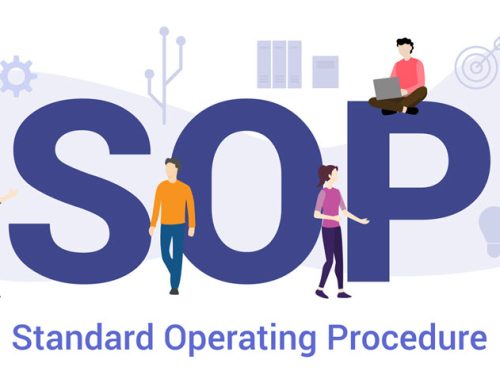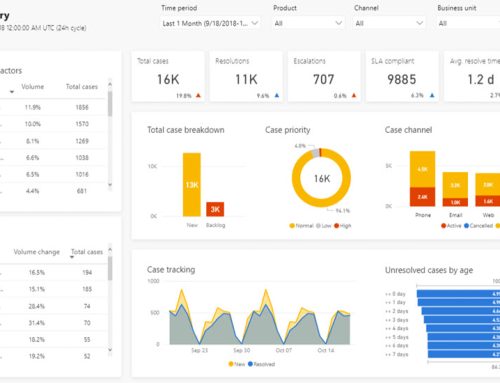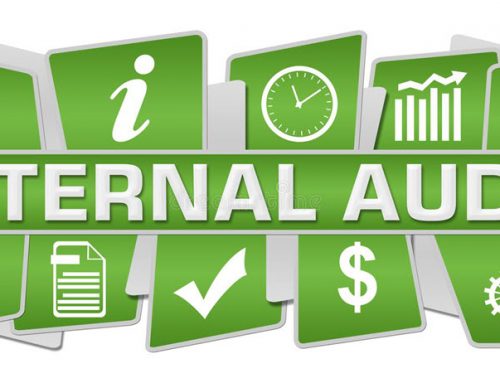The internal audit program is a crucial part of ISO 9001. Basically, it is a self-analysis tool which enables a business entity to periodically authenticate that it is fulfilling all requirements of the ISO 9001. Internal audits are those audits which are conducted by our organization and they act as a self-check mechanism for the organization’s Quality Management Systems. Internal audits offer lots of benefits including better preparation of the organization for external audits. It must be ensured that the internal auditor is independent of the area audited in order to get impartial results.
Internal Audit Requirement
It must be kept in mind that the level of preparation that goes into the audit determine if it is going to be a smooth process that focus on improvement opportunities or a fruitless task and costly annoyance. It is an internal audit requirement by the standard which typically is carried out in advance of the registrar’s initial certification audit. Nevertheless, more than one internal audit is performed by the majority of organizations as they make use of this internal audit program in helping them to implement their quality management system effectively. Different audit reports as well as records of corrective action are produced during this process that shows the weak points of the organization along with thorough plans and objectives for addressing them. During the external audits these records are compulsory records which are reviewed when the certification body is in. It gives the opportunity for an organization not only to identify the weaknesses but fixing them as well before the external audit is performed by the certification body.
The Audit Process
The actual process of audit consists of two steps which are “Document Review” and the “Process Review”. In the Document Review, the auditors first check whether the procedural documentation is meeting the requirements of ISO 9001. On the other hand, in the process review, the key component of the audit process includes checking real business actions in contrast to the documentation and finding differences. Every audit is intended to assess that the ISO 9001 is implemented in an effective manner. Still, it is not possible for the auditors to evaluate all processes, documents and employees in the organization. As a result, itis essential that a representative sample must be picked by the auditor by using his or her best judgment. The Plan-Do-Check-Act model is generally used by the process owners while managing these audits. In that order, audit supervisors have the advantage of defining, implementing, evaluating, and improving the audit program. Interestingly, this model is considered as one of the helpful instruments of quality control in the modern age.
Requirement of Processes
In addition, there is an important role of process documentation and generally the actual auditing process is straightforward. It is checked by an internal auditor whether the procedure documentation sticks to the standards of ISO 9001 and then it is confirmed that the procedures are followed by the employees in their daily practices. Now this step can become more problematic for the auditor in the absence of work instruction document or procedure from which he or she can consult. Although procedures and work instructions are not needed for every process in ISO 9001, but the documentation is required when needed to ensure consistency and where it improves the quality of the service or product provided. Most important, it must be kept in mind that the significance of the process documentation is not for the ease of the auditor, but it is given emphasis for the internal advantage of the organization.
In case there is no process documentation, a combination of employee’s interview, assessment of real work procedures and evaluation of records to begin will be utilized by the auditor to check if the process meet the requirements of ISO 9001 and is implemented effectively. The auditor also assesses during this process if work guidelines and procedures would be of any assistance and, as a result, compulsory. In case the auditors have to depend on more than one employee interviews instead of observing real work procedures, the most suitable method is to ask all employees similar questions and after that their answers must be verified for uniformity. The questions must be asked individually by the auditor in individual sessions. In that way the employees would not be able to affect one another’s answers. In an ideal situation, the answers of all employees will be consistent. In case they are not consistent, then the auditor will require additional evaluation to check if the reason in their discrepancy is attributable to actual work inconsistencies. The auditor will check at this point that if standardization is needed in work instructions or training activities are required.






